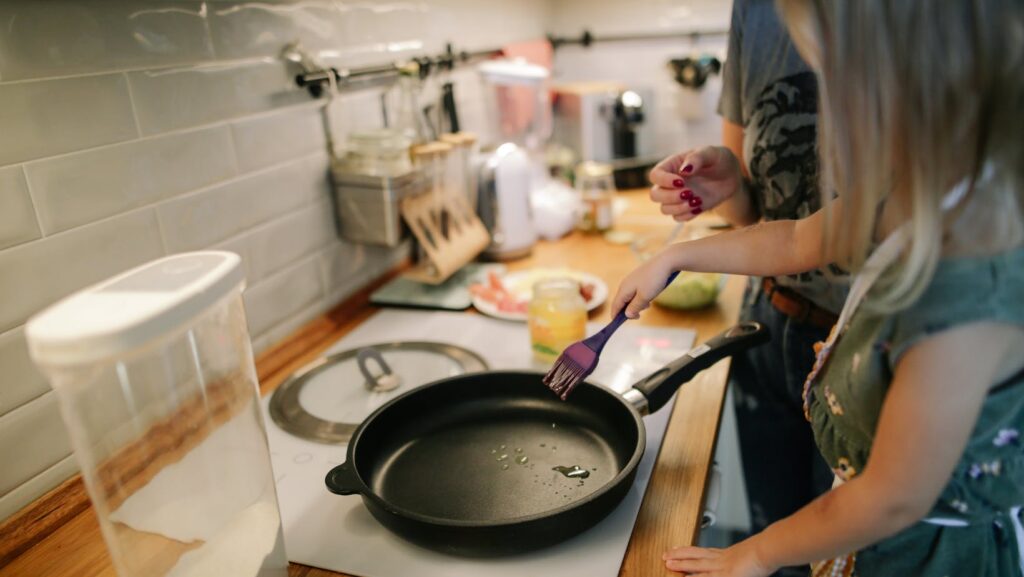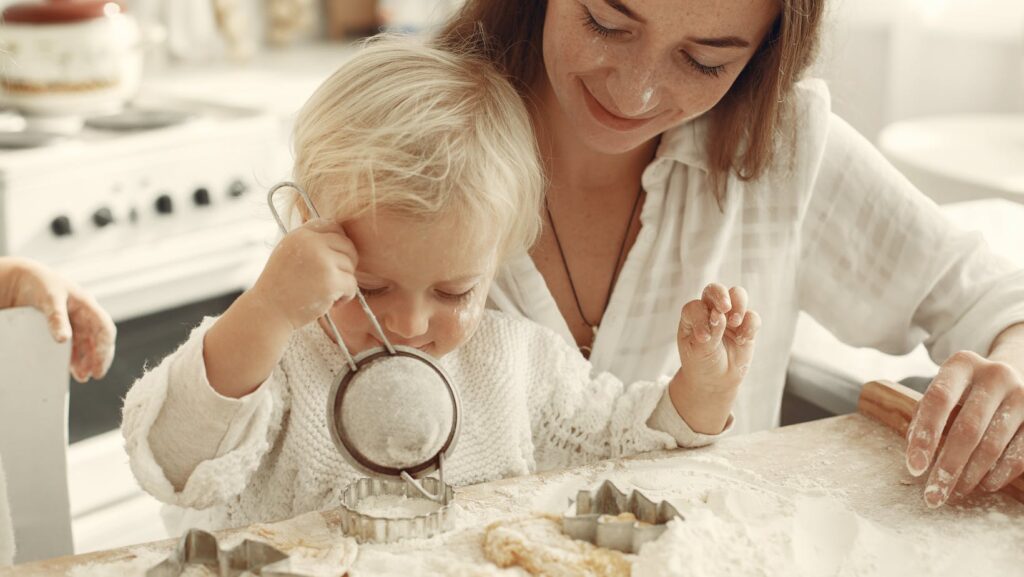Imagine unlocking the secrets to creating culinary masterpieces, or simply whipping up a quick, delicious meal with ease. This isn’t just for the professional chefs – it’s within your grasp too. Understanding cooking techniques is your key to this culinary world.
Cooking techniques are the methods and processes you use to transform raw ingredients into delectable dishes. They’re the backbone of any great meal, and knowing them can elevate your home cooking to new heights. From the simplicity of boiling to the finesse of sous-vide, we’re here to guide you through the fascinating world of cooking techniques.
What Are Cooking Techniques
In the realm of culinary arts, cooking techniques play a pivotal role. As explored earlier, these methods can significantly alter the taste and texture of your dishes, whether you’re a seasoned chef or a passionate home cook.
The Basics of Cooking Methods
In your quest to understand cooking techniques more thoroughly, it’s essential to start from the basics. Four core cooking methods exist: baking, boiling, frying, and roasting. Baking requires an oven and works by distributing dry heat evenly throughout food. Boiling cooks food by immersing it in heated liquid, while frying cooks it on a heated pan coated with a small amount of fat. Finally, roasting utilizes the hot air of an oven to deliver a unique flavor and texture to the food. Comprehending these core methods gives you a solid foundation, paving the way for you to explore more advanced techniques.
How Cooking Techniques Impact Flavor and Texture
Cooking techniques not only ensure the safe consumption of our food, but they also transform the texture, enhance the color, and magnify the flavor of our dishes. For instance, searing meat at a high temperature helps form a crust, adding a savory flavor and improving texture. Similarly, slow-roasting vegetables can boost their natural sweetness, making them irresistibly tender. Conversely, using improper techniques can result in a gritty texture in sauces, or meats that are tough and flavorless.

Benefits of Different Cooking Techniques
Techniques of cooking offer much more than just a difference in taste. They hold nutritional advantages and offer culinary diversity too. Let’s delve into how these techniques can greatly benefit your kitchen adventures.
Nutritional Advantages
Understanding and applying different techniques is, in essence, guiding food to its highest nutritional potential. Choosing a cooking technique that helps to retain or enhance nutrients, hence is a healthy investment. For instance, steaming vegetables helps maintain their vitamins and minerals, unlike boiling, where nutrients may get discarded in the water. Broiling or grilling meat sears the surface, locking in juices and nutrients, making your meal both flavorful and nutritive.
Culinary Diversity
Diverse cooking techniques open up a realm of culinary possibilities. They allow you to play with the texture, flavor, and presentation, turning an ordinary ingredient into an extraordinary dish. Consider baking; you can use it to create a variety of dishes from hearty bread to delicate pastries. Similarly, frying can be flexible, giving you options ranging from crispy French fries to succulent fried chicken. Broadening your cooking techniques improves not only the variety of meals you can prepare but also enhances your skills as a cook, making your kitchen endeavors more exciting and inventive.

Essential Tools for Every Technique
Regardless of the cooking method you choose, some tools find consistent use. For example, consider knives. Sharp and balanced knives, such as chef’s knives for cutting meat or paring knives for peeling fruits, speed up your preparation time. Another example includes diverse pots and pans. You’ll find stainless steel skillets perfect for searing steaks under the dry heat method, while enameled cast-iron dutch ovens are handy for moist heat techniques like stewing. Even combination cooking benefits from versatile pans. Lastly, don’t underestimate the value of tongs, spatulas, and cutting boards. They create a seamless cooking routine.
Cooking is an art and a science. The more techniques you learn, the more skilled you’ll become, and the more your meals will impress. So keep exploring, keep experimenting, and most importantly, keep cooking.
